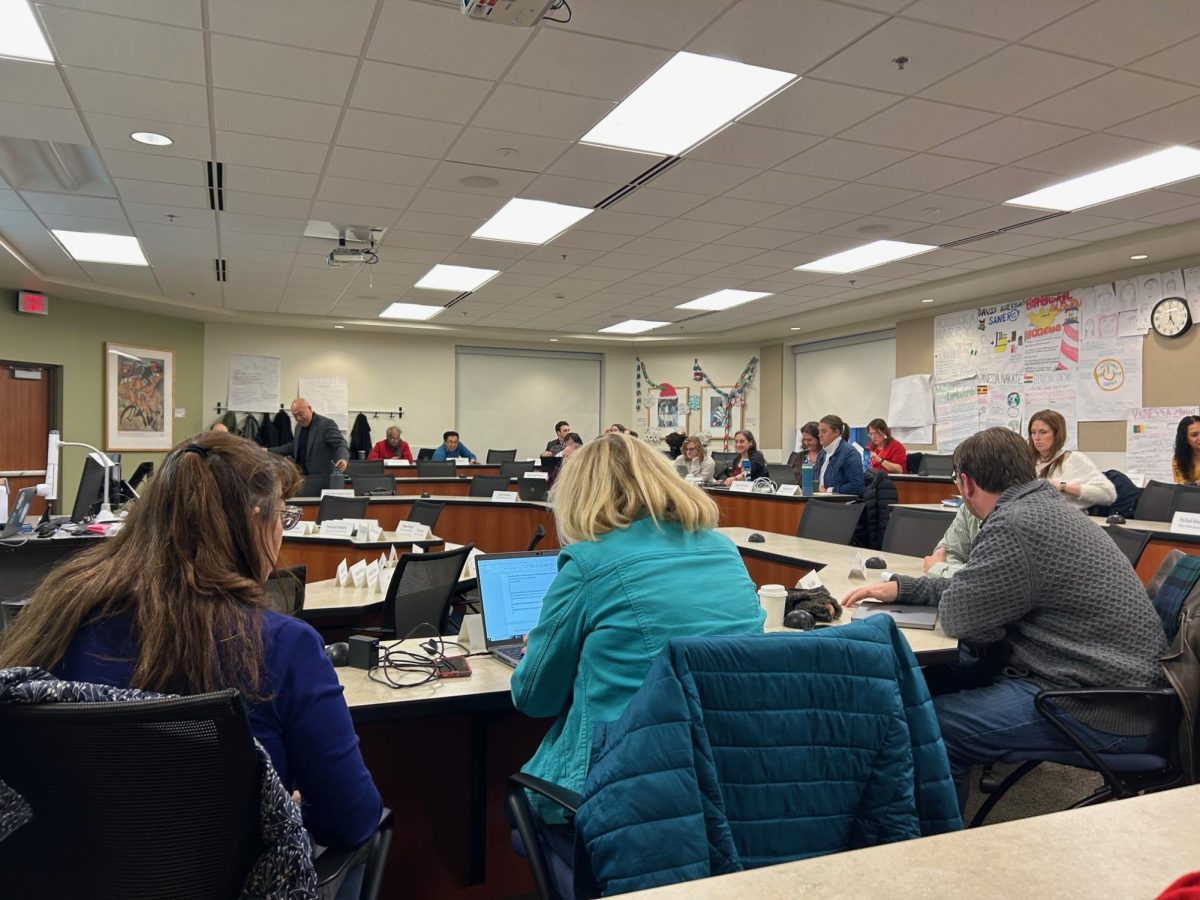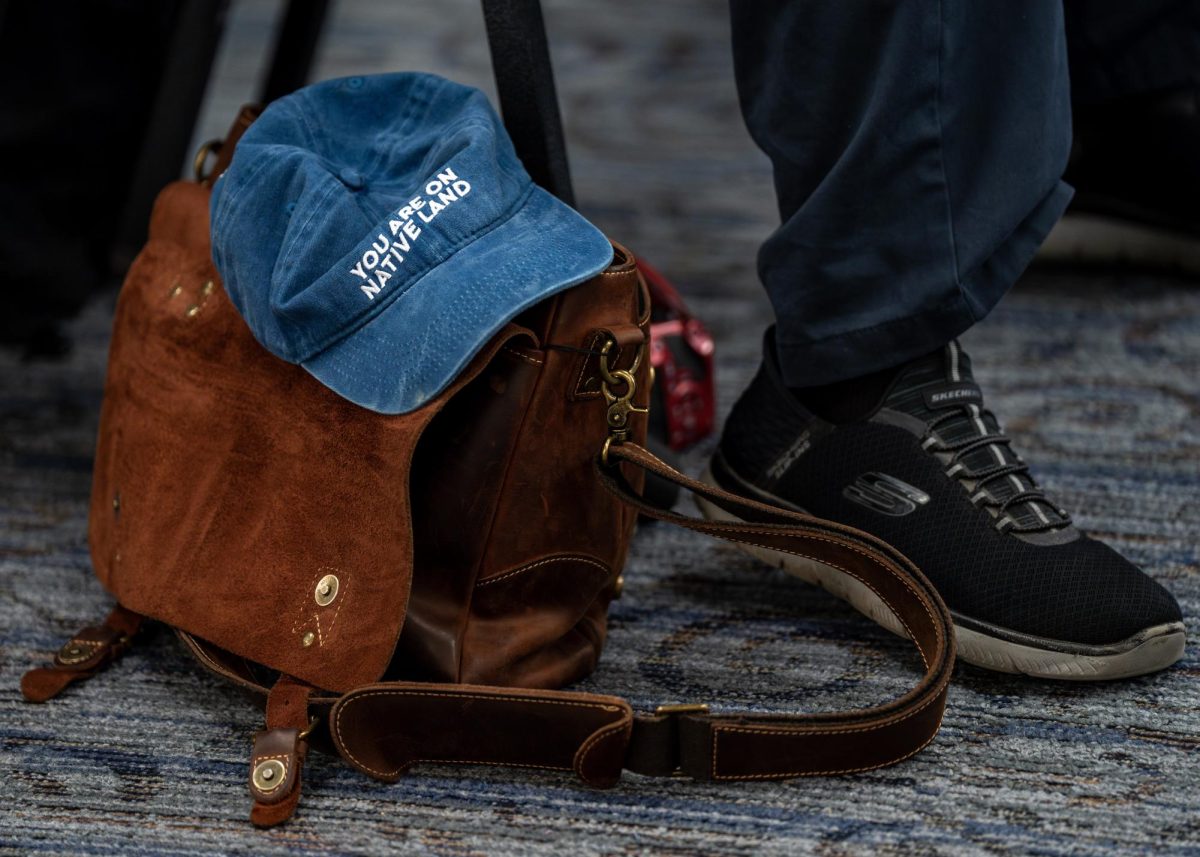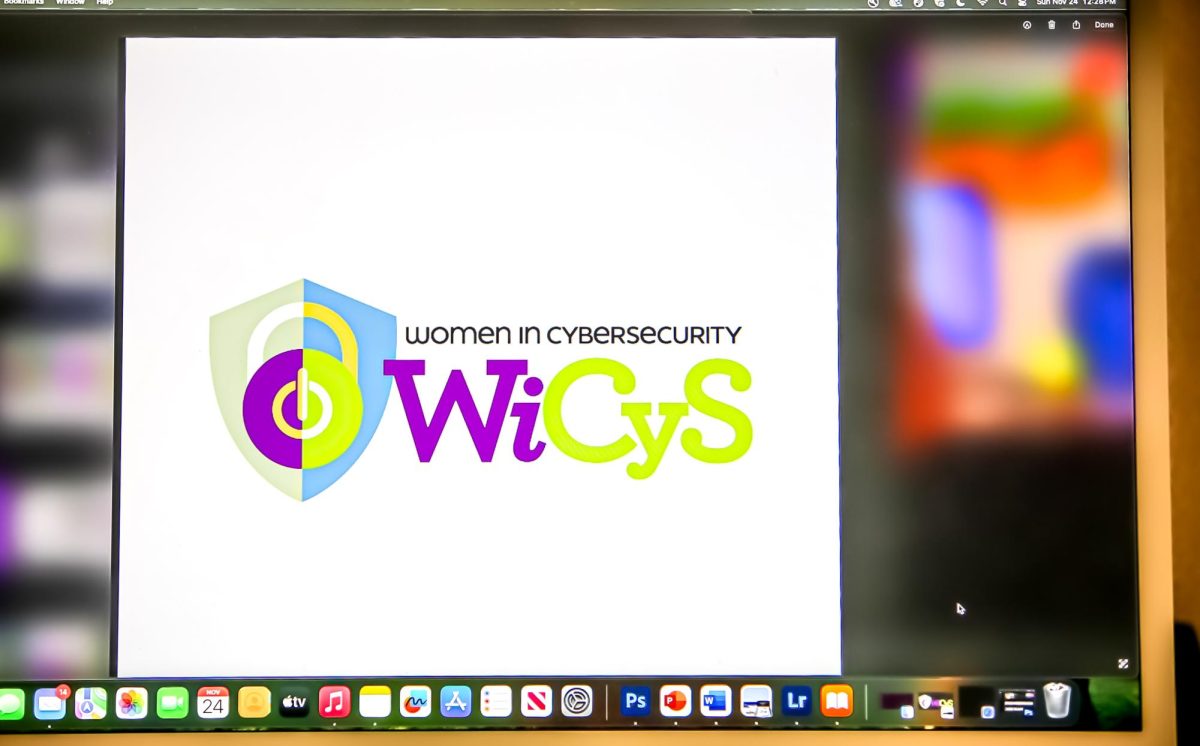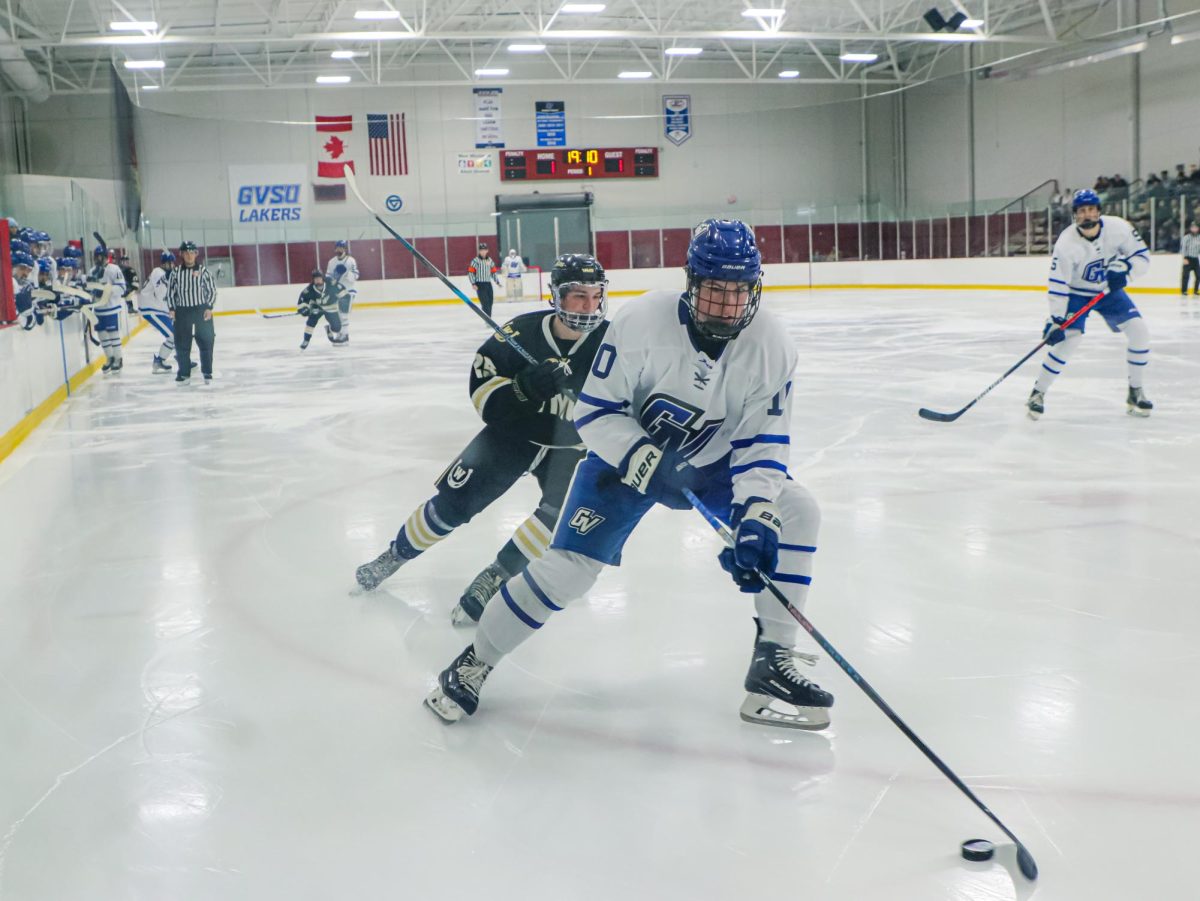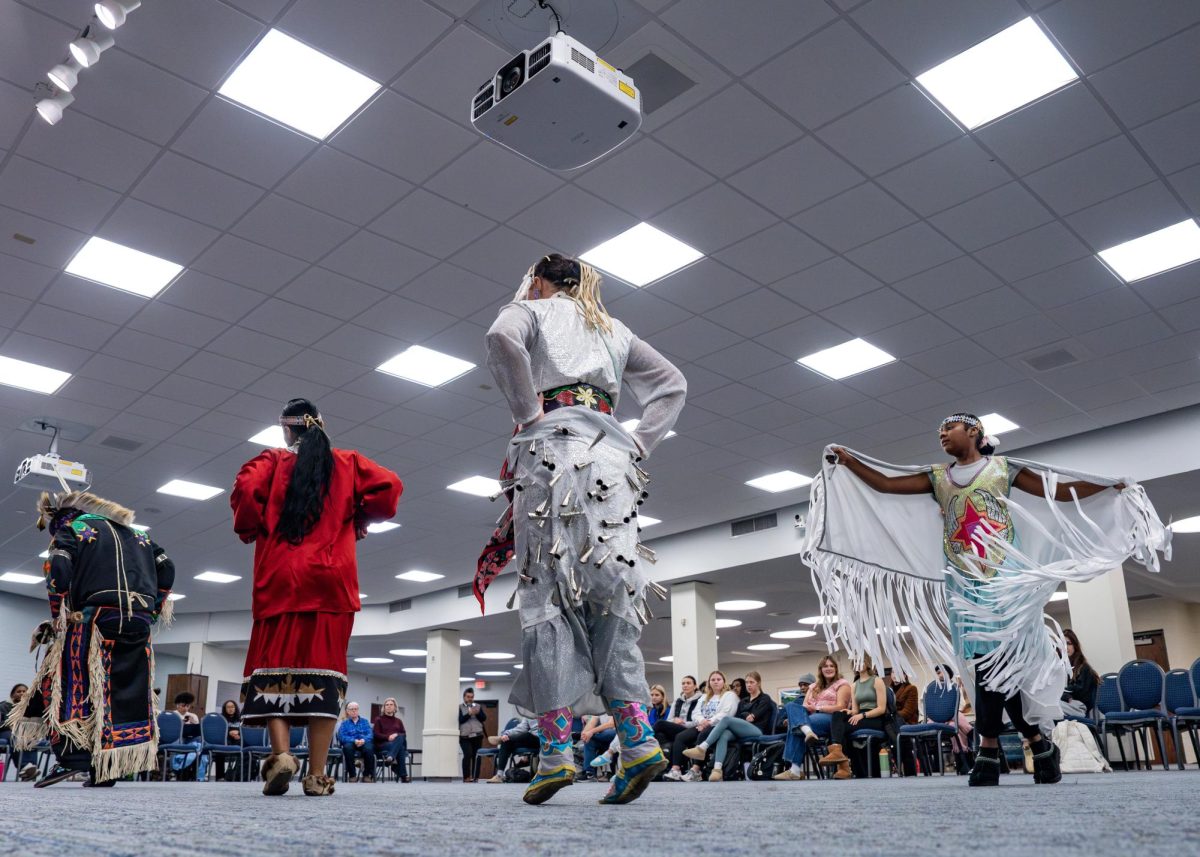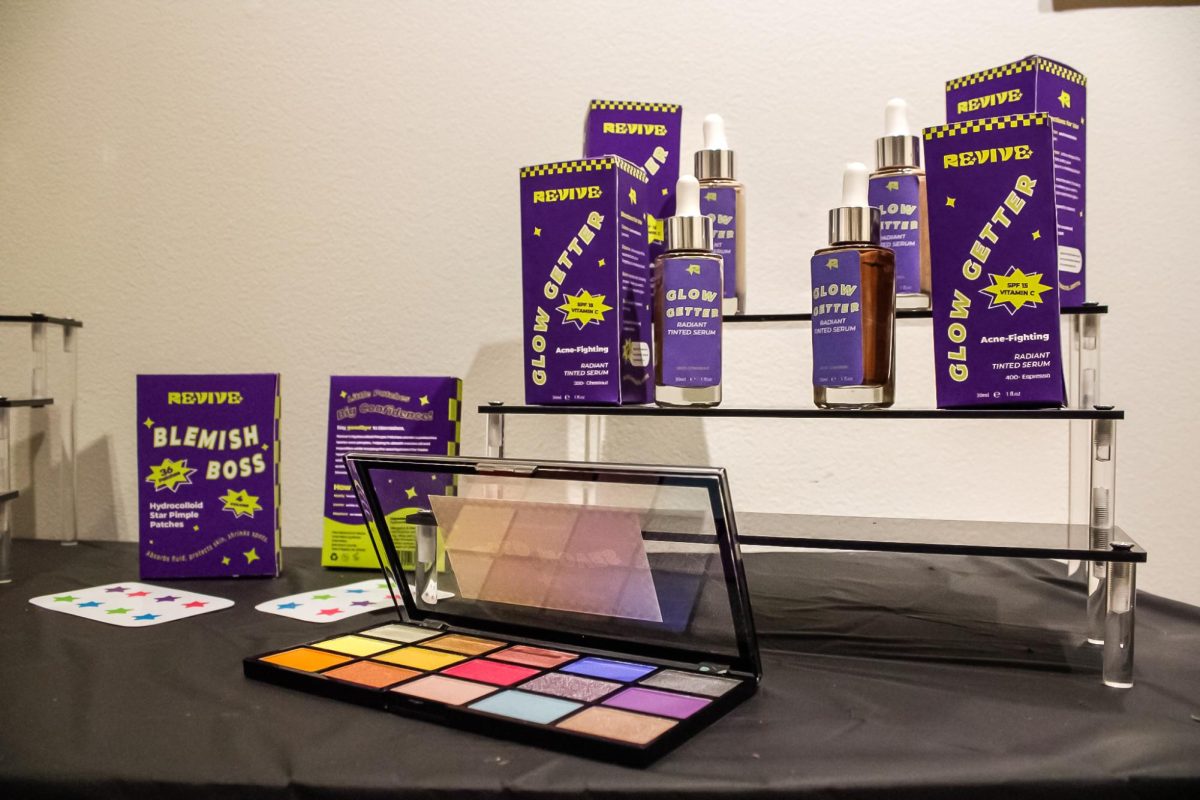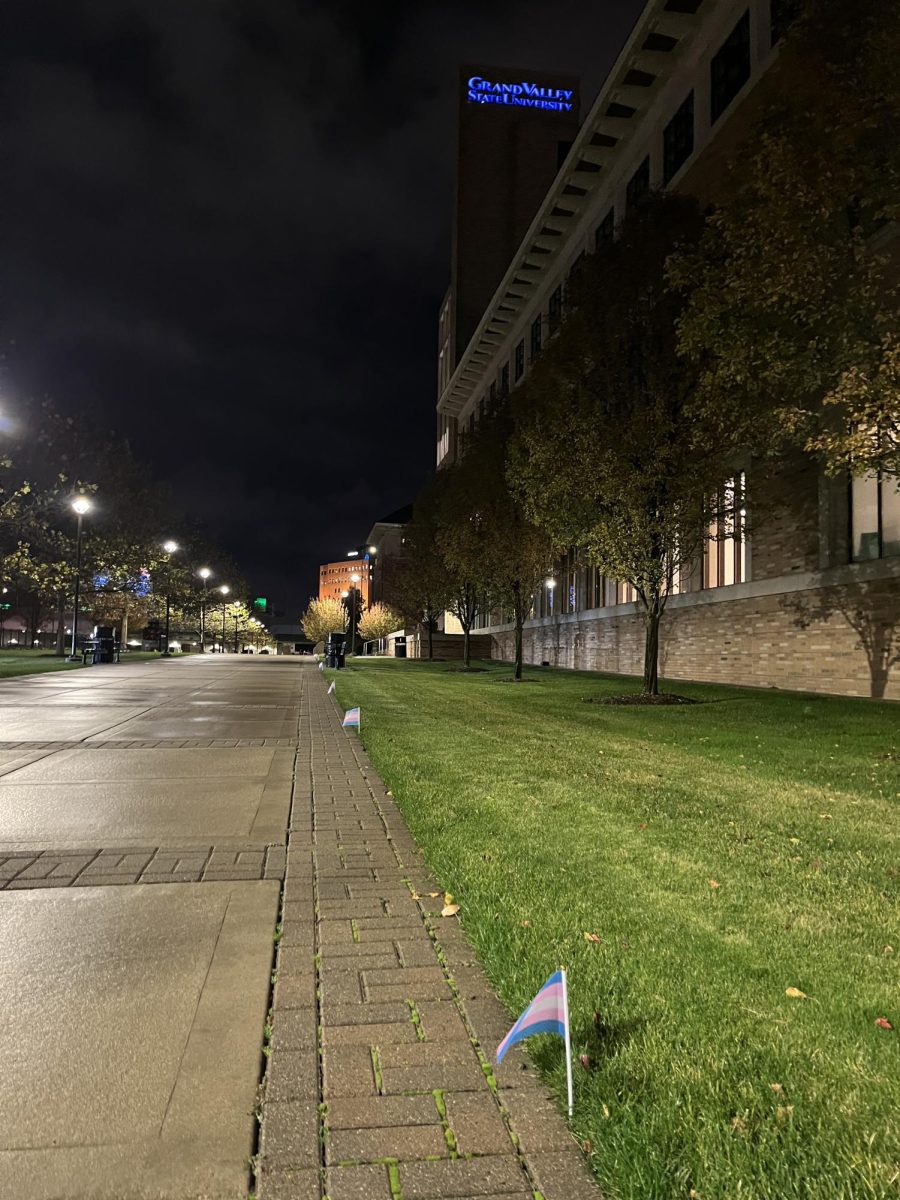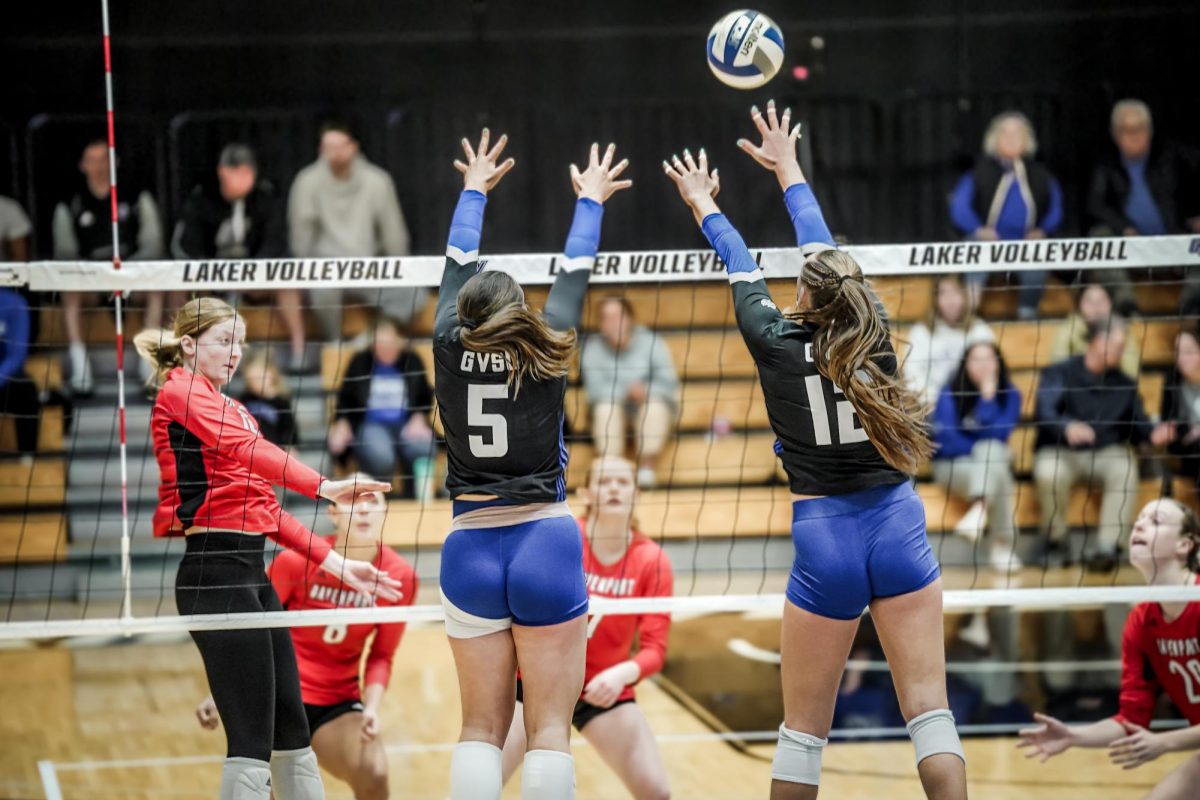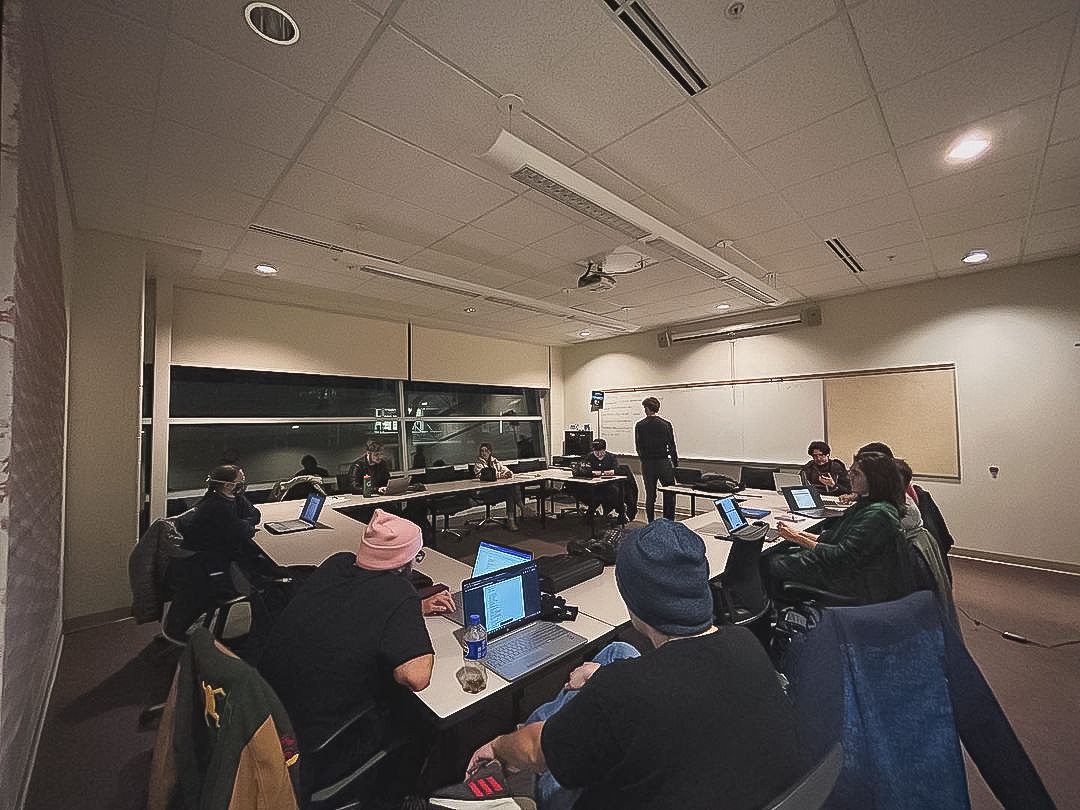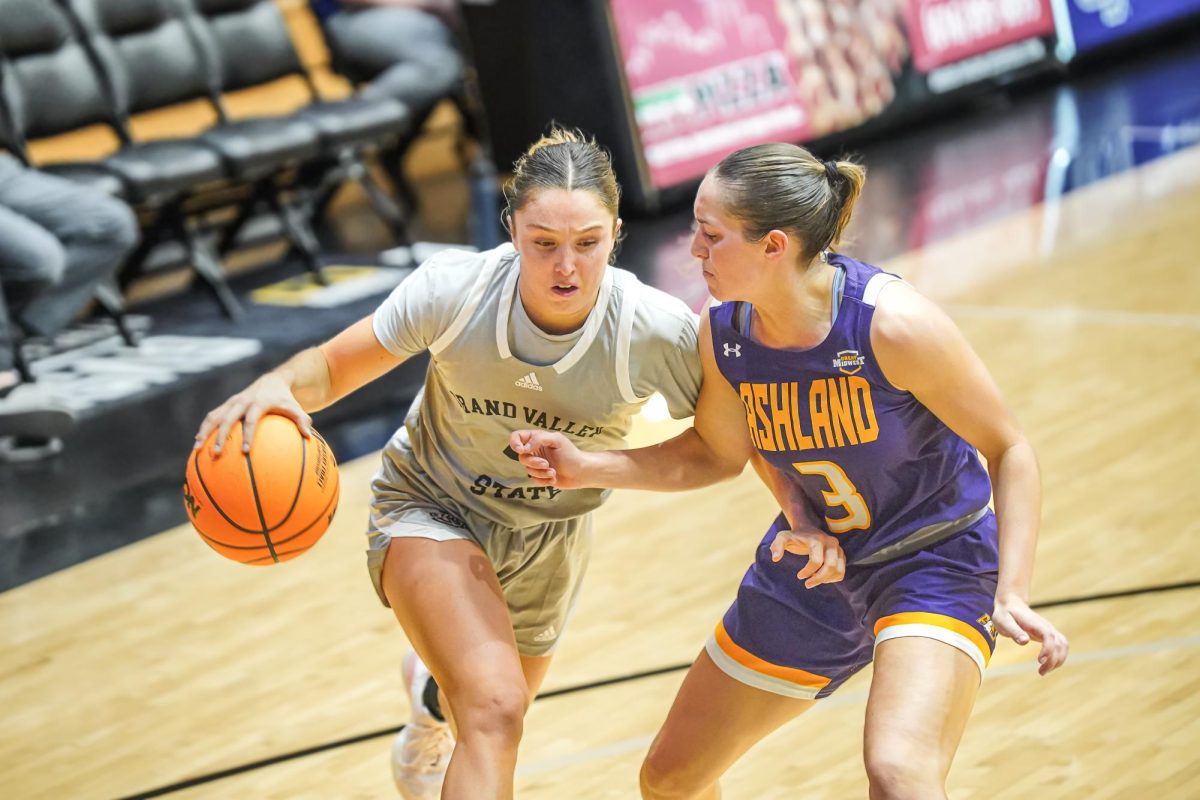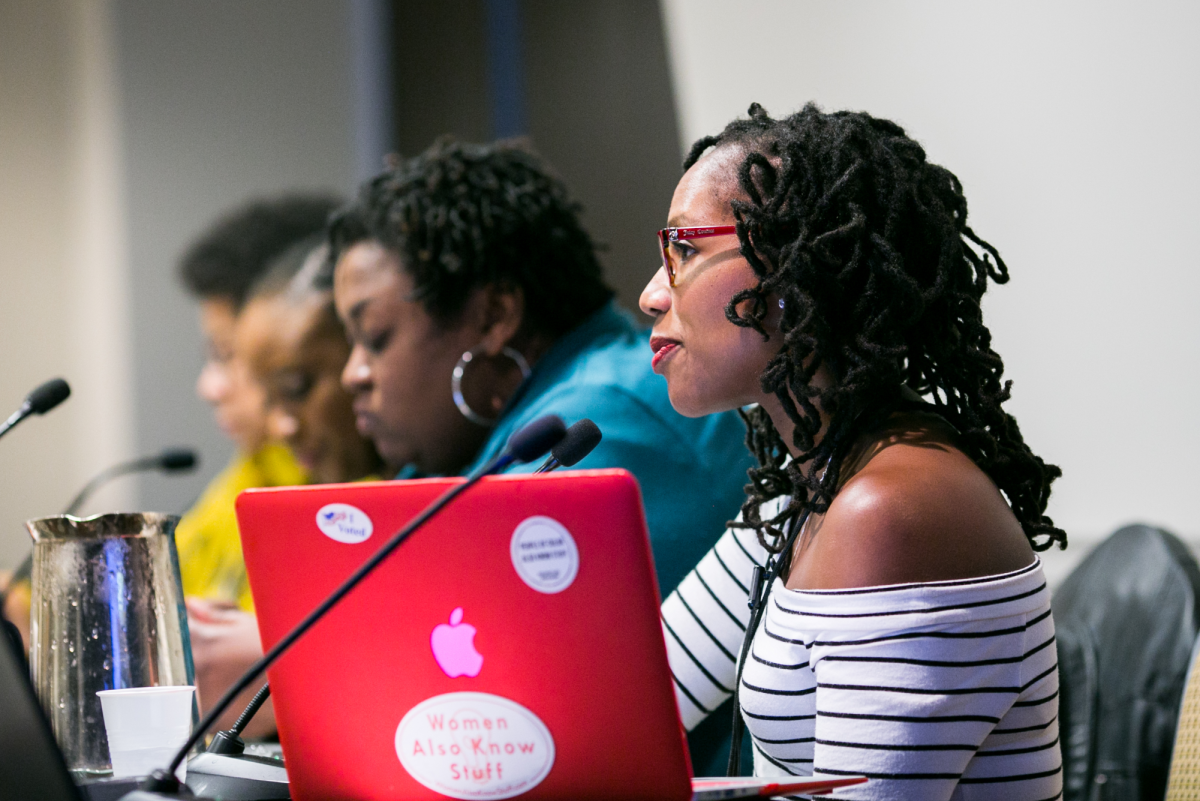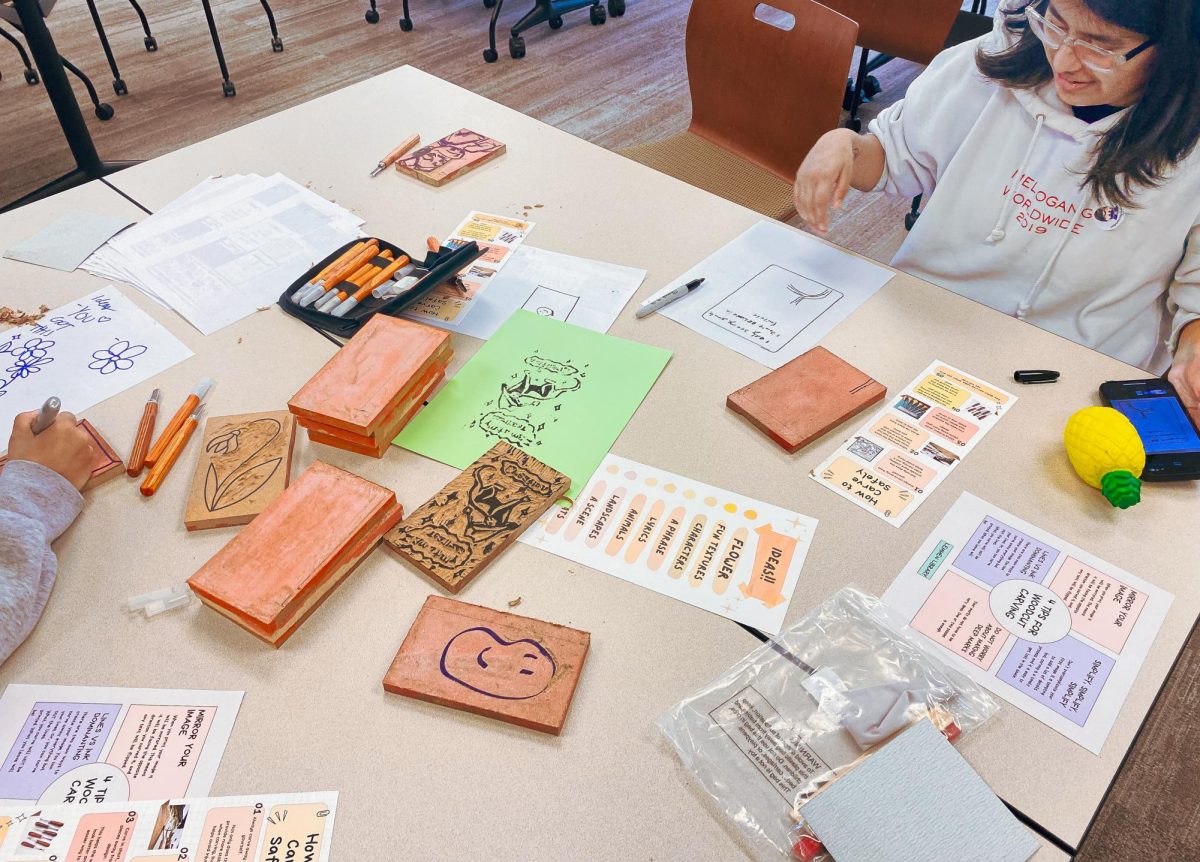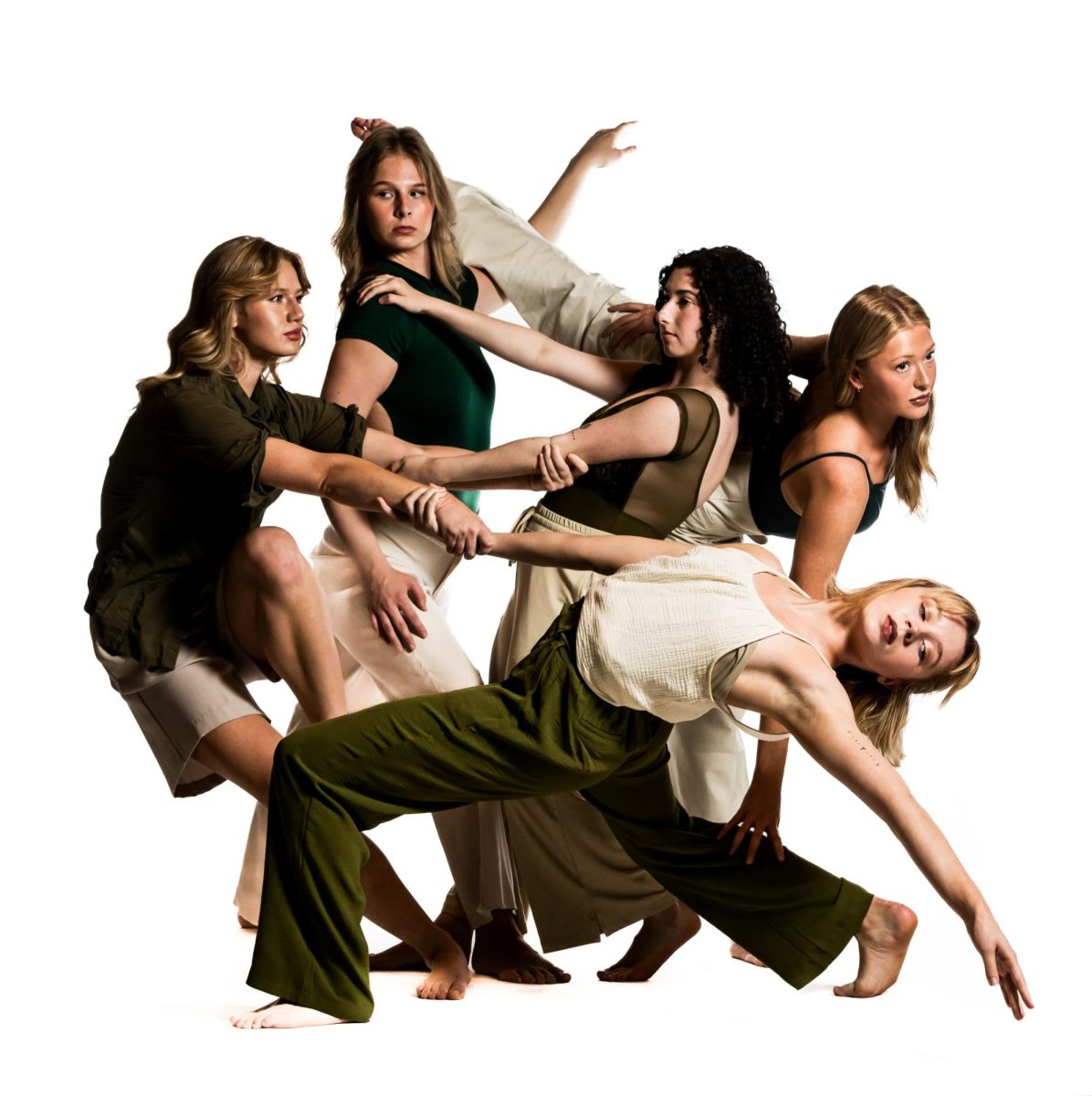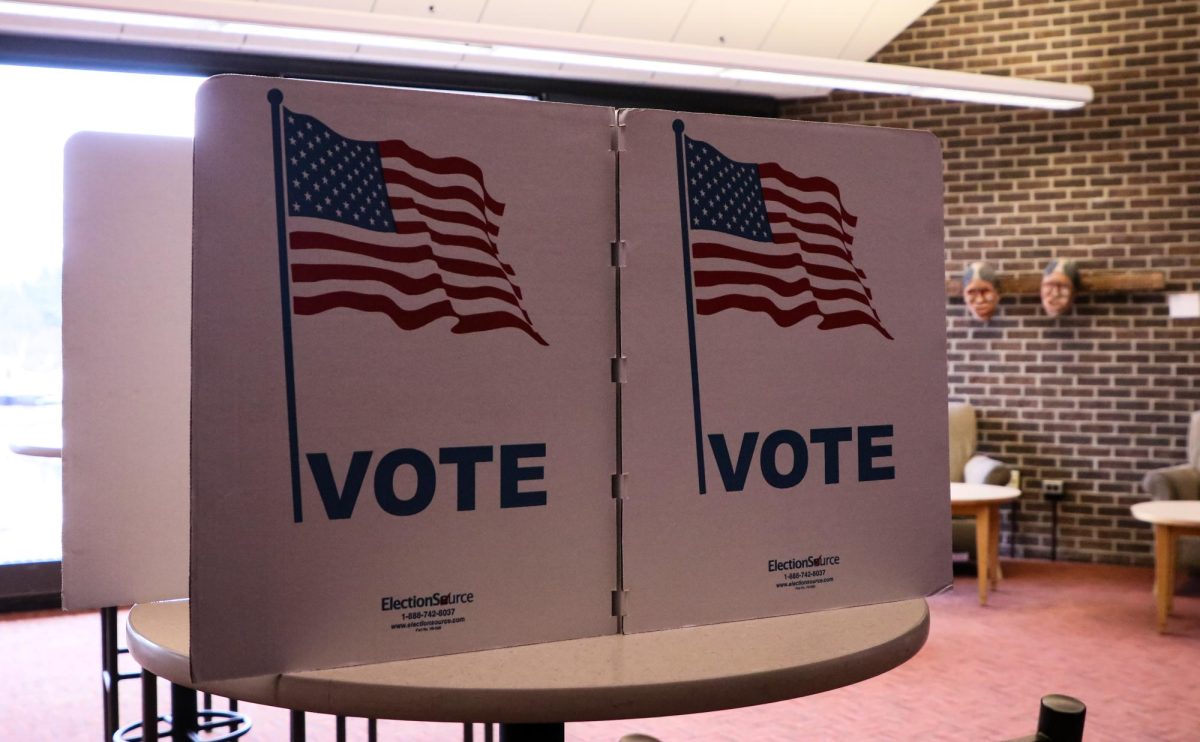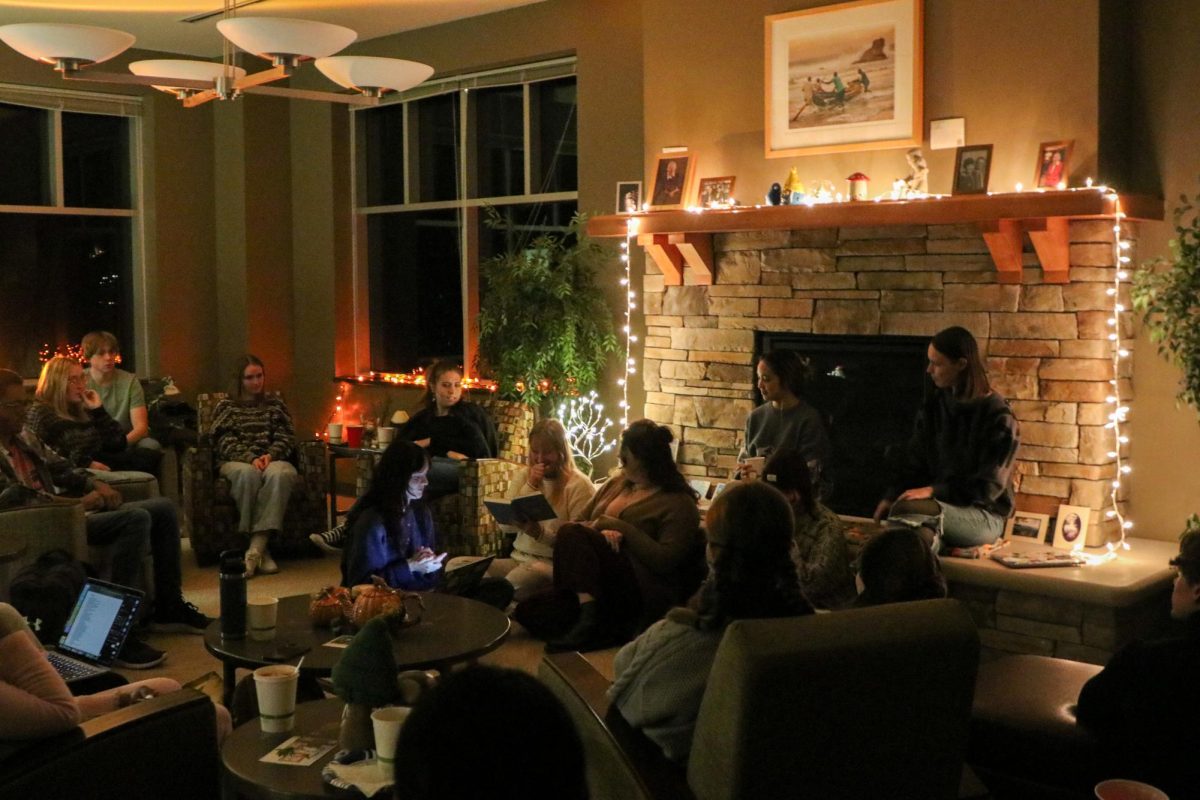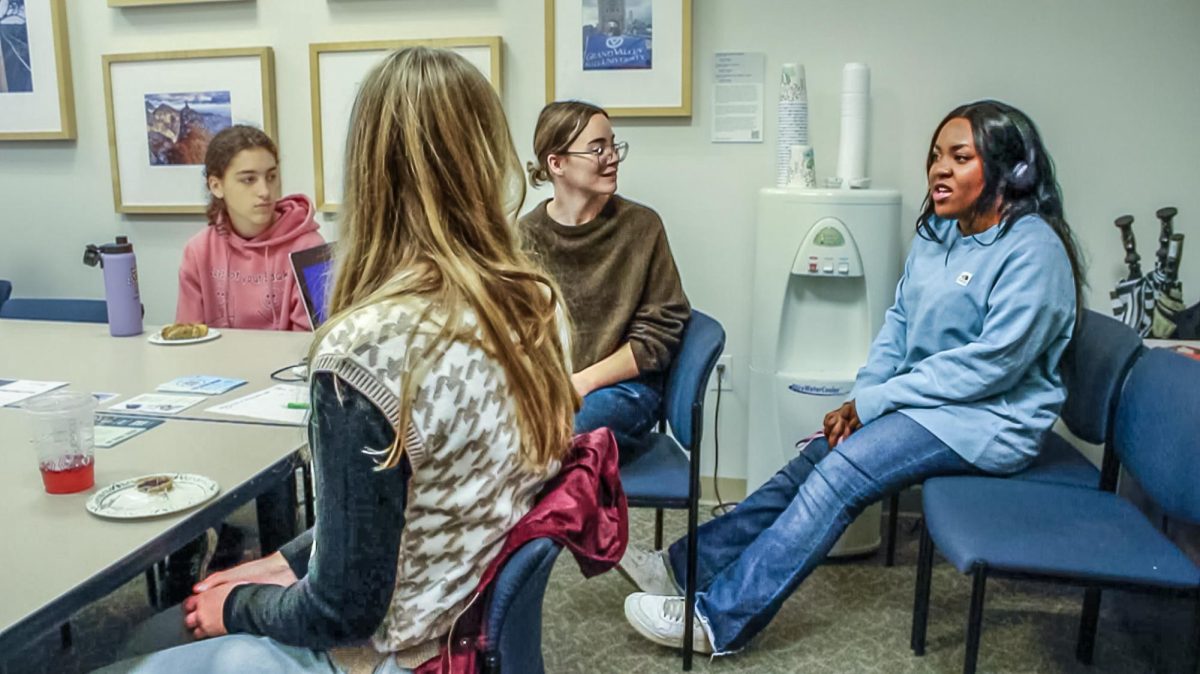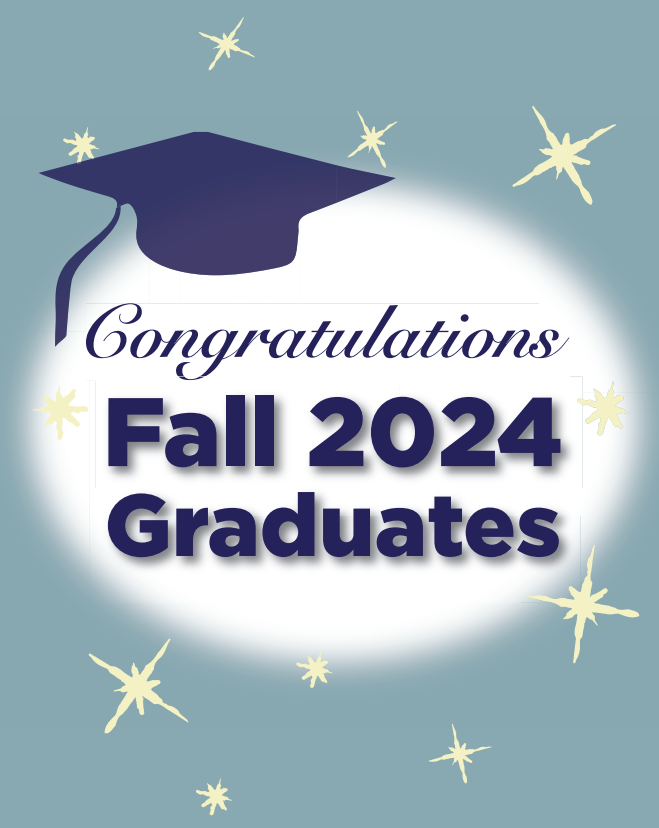New kind of green
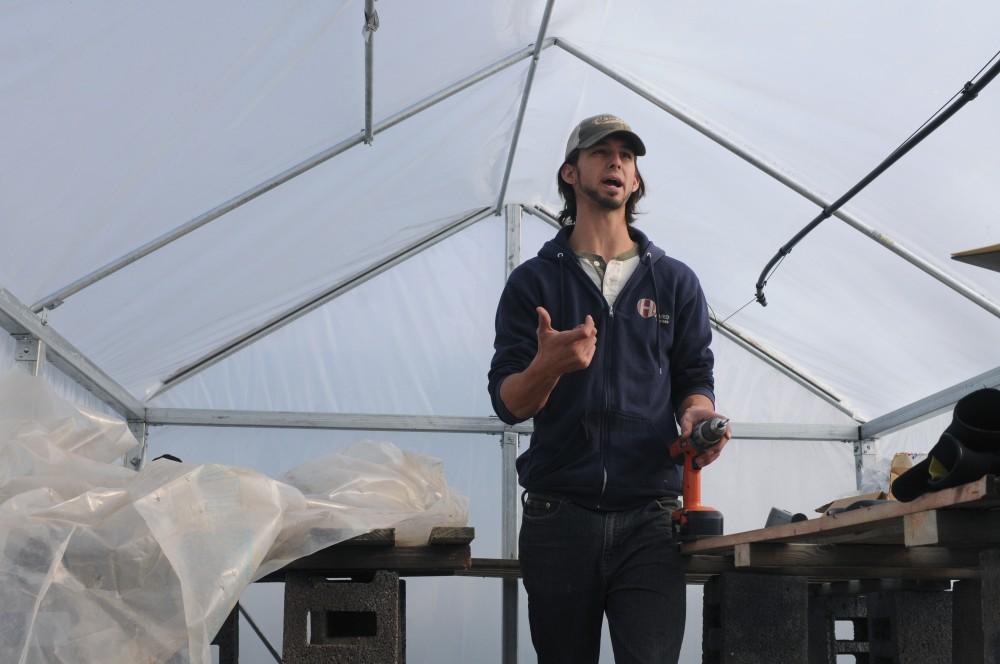
GVL / Eric Coulter Levi Gardner talks about sustainable agriculture while working in a greenhouse at the GVSU Community Garden
Nov 28, 2011
For Levi Gardner, every single day looks different. As the manager of Grand Valley State University’s Sustainable Agriculture Project, there are a lot of variables – like sporadic volunteer rates and what part of the season the farm is in, agriculturally speaking – that make day-to-day life on a farm pretty unpredictable.
“It’s a lot of days harvesting and selling at markets,” he said. “It’s probably teaching a class — I teach a couple classes right now — maybe preparing for next weeks’ harvest. It’s keeping record of what we did the past week and trying to plan out the next month or two months.”
Right now, he’s working on an eight-year crop rotation plan for fall, something he said is a critically important part of organic agriculture.
A new approach to education
Gardner, with the rest of the SAP, is part of the larger, nationwide movement throughout universities in the U.S. promoting a shift toward education in organic farming. Where before, only land grant institutions with strong ties to agricultural conglomerates could practice educational farming on campus, the organic farming movement aims at breaking those barriers — putting education before profit in what Gardner thinks is a broken system.
“So when you start to think about talking about food systems and production and food security and all of these other issues that are tangentially related to food and sustainability — we talk about these things a lot, but what that creates is this enormous barrier between consumers and the people who are actually producing our food,” he said. “So, there’s students out here that are relatively well-off in regards to global standards, that are spending their time doing inefficient work to have some respect for the earth without just reading about it.”
His approach to education is something called “the 4H model,” which operates on the notion that not only do people learn cognitively, but through heads, hands, heart and health.
Since SAP began in 2008 as “The Community Garden,” a project spearheaded by students and faculty in an environmental problem solving class, the operation has grown enormously.
Currently, Gardner is finishing the construction of a heated greenhouse, a structure that is different from the new hoophouse installed over the summer. The hoophouse, which is an unheated structure that allows for marginal season extension, will be helpful for SAP, but not as powerful as the much smaller heated greenhouse, which will allow farmers at SAP to start growing crops earlier in the season and stay ahead in crop production.
During the winter months in the hoophouse, Gardner, members of the Farm Club student organization and other SAP volunteers are growing “a bunch of greens” including kale, lettuce, carrots, beets, turnips, cilantro and spinach. In the summer, Gardner said they’ll grow somewhere in the ballpark of 40 varieties of vegetables, which they sell at a farm stand on campus as well as to the YMCA’s Veggie Mobile project, which distributes fresh vegetables throughout the greater Grand Rapids area.
More than just dirt
Growing quality product for sales may be easier said than done for SAP. Though Michigan is one of the most diverse agricultural states in the country, the land SAP uses has been severely depleted by half a century’s worth of misuse — heavily sprayed with not only pesticides, but more problematically, thousands of pounds of nitrogen over the years. Since corn is a nitrogen-feeder, spraying the chemical helps corn farmers boost production.
“When people think of organic farming, they think no pesticides, no fertilizer,” Gardner said. “They don’t think it’s about developing and fostering healthy soil, which takes years. So, all of that to say, our soil is in really rough shape and thus our yields are pretty terrible.”
In 2010, SAP switched from an individual plot system it had in 2009. Under that system, the garden had about 33 individual plots, but found that it wasn’t very conducive to fostering better land quality and healthier product.
“What happens is, let’s take John Q, student ‘X’ — he’s a junior, he’s studying sociology and he’s kind of interested in food systems and he wants to have a garden plot,” Gardner said. “Well, his great grandparents were probably farmers, so his grand parents probably grew up on a farm, his parents probably didn’t — actually, I know they didn’t, with the exception of very few — and he doesn’t know anything about gardening. Tell him to get a plot, he’s going to go ‘Well, I tried a couple of things, I don’t know how to do it, and it failed and I’m disappointed.’”
With that in mind, SAP started looking at how they could foster education and nurse new skill sets for students without placing all of the weight on their shoulders. Now, SAP has switched to a ‘production agriculture’ model, with hopes that it will help paint a more realistic picture for students of the organic farming process.
Instead of having 33 individual plots, with 33 individual caretakers, SAP plants the seeds at the same time, controls the varieties, where and how they’re grown and how they’re cultivated.
Making money, loosing money and moving forward
SAP doesn’t make much revenue off of what is harvested at the garden, though Gardner said the Community Supported Agriculture shares they did over last summer helped to fund them through this years’ harvest.
They make enough to pay for one student laborer, and Gardner hopes that eventually, they’ll make enough to pay for five.
Right now, through their sales, only 2 percent of revenue is self-sustaining, but Gardner said that’s not the point.
“A lot of time there’s that question of ‘Oh, is this thing sustainable?’” Gardner said. “Well, I despise the use of that word, because that’s saying ‘Oh, is it paying for itself?’ which gets completely away from the issue of the fact that we live in the context of an economic system that is really broken, and I’m not just talking about the recession. We pay for specialization as opposed to paying for value.
“Do I hope that there are a few farmers that come from this? Yeah. But, more than that, I think I want students to have the chance to understand that we can redefine the context of the economic system in which we live currently.”
The structure of SAP, Garnder said, is still very fluid. With the way things are for the garden, it’s hard to say what resources they’ll have, or where they’ll need the most help. It’s hard to structure the garden in any kind of institutional model, he said, because it’s a much more collaborative project than any kind of institution.
“What is the organizational structure of an institution? If you’re a Ph. D in chemistry, you teach chemistry classes,” he said. “What happens when you start doing something like sustainable agriculture? Who is qualified to do it? Is it the guy who knows a lot about sustainability? Maybe, but maybe not. Is it the soil scientist that knows a lot about soil but doesn’t know a lot about growing something?”
Right now, Gardner said he sees himself as a facilitator, providing a platform for students to learn, and keeping an open dialogue with students about what they want to do with SAP, and how they might go about getting it done.
In 10 years, where the garden is, he thinks, is dependent on where the students want to take it, and said his goal is that students would be “masters of their own destinies with what they want to learn.”
“I hope this provides students the chance to gain a host of skills from literal, tangible skills of how to use a hammer, all of the way to recognizing that we are individuals that are far more than just consumers — consumers of goods, consumers of resources, consumers of education — since that’s the kind of model we’re developed in,” Gardner said. “I think it could be a lot more than that, and I think sustainability could be something far more deep and transformational than just inflating your tires, and unfortunately I think sometimes that’s what we’ve distilled it down to.
“You know, shop green and bring reusable bags or whatever. Those things are valuable, but it’s a drop in the bucket.”




